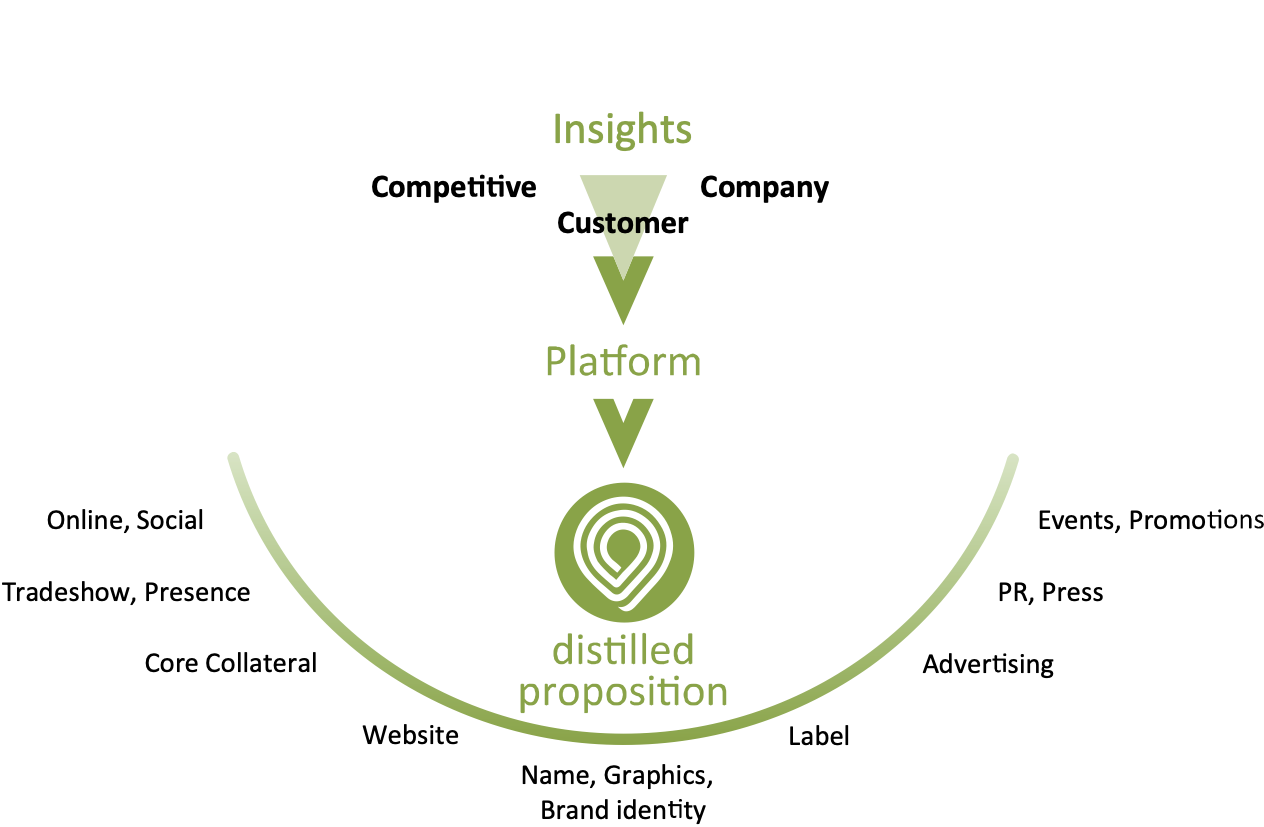The functional beverage space is evolving—fast. What started with protein shakes and vitamin waters has transformed into a sophisticated market…
Navigating the Route to Market – Turning Your Product into a Retail Success
You’ve done it—you’ve created a product that you’re proud of. Maybe it’s taken months, or even years, but you’re finally ready to share it with the world. However, that’s just the beginning. The true challenge lies in getting your product onto shelves, into carts, and ultimately into the hands of your customers. Selling isn’t just about having a great product; it’s about understanding the distribution channels and the costs involved without letting your margins disappear.
Let’s take a deep dive into the world of food and beverage distribution to explore how to go from a brilliant idea to a thriving retail success.
Understanding the Distribution Landscape
The distribution ecosystem is vast, and each channel comes with its unique pros and cons. Understanding these differences is critical to crafting a route-to-market strategy that works for your brand.
1. Specialty Distributors
Specialty distributors focus on natural, organic, and niche markets. While they might seem like a perfect fit for unique products, working with them can be challenging.
What They’re Good At:
- They understand the specialty market, making them ideal for health-focused or sustainable brands.
- Extensive reach across supermarket chains.
What They’re Bad At:
- No salespeople or merchandisers in stores, leading to products sitting in backrooms.
- High barriers to entry with complex certifications.
- Financial deductions for ads and promotions can eat away at your margins.
Cost to Work With Them: 25–35% gross margin plus hidden costs for promotional fees, consignment terms, and freight charges.
2. Direct Store Door (DSD) Distributors
Think Coca-Cola, Pepsi, or Dr. Pepper Keurig—these giants dominate the market with massive reach and logistical capabilities.
What They’re Good At:
- Salespeople visit stores weekly, ensuring strong merchandising.
- They place exclusive refrigerators in stores for their brands.
What They’re Bad At:
- Focused on big brands, leaving smaller ones struggling for attention.
- Bureaucratic processes can slow down progress.
Cost to Work With Them: 30–40% gross margin with additional costs for promotions, demos, and sometimes hiring a dedicated salesperson for large markets.
3. Convenience Store Distributors
Convenience store distributors are ideal for mass-market reach but come with significant challenges.
What They’re Good At:
- Access to a large pool of customers in convenience stores.
What They’re Bad At:
- No weekly store visits, leading to out-of-stocks.
- Lack of flexibility and high reliance on large chain authorizations.
Cost to Work With Them: 20–30% gross margin with escalating promotional costs.
4. Direct to Retailer (D2R)
Selling directly to retailers offers unparalleled control but requires significant resources.
What They’re Good At:
- Higher profit margins and stronger customer relationships.
- Full branding consistency.
What They’re Bad At:
- Labor-intensive processes and costly shipping logistics.
- Supermarkets only buy faster-moving items, making it harder for new brands to break in.
5. Direct to Consumer (B2C)
Selling directly to consumers through platforms like Amazon or your own website offers control and higher margins.
What They’re Good At:
- Direct relationships with customers and unlimited SKU listings.
- Complete control over branding.
What They’re Bad At:
- High shipping costs and fierce competition in e-commerce platforms.
Key Insights for Success
Breaking into retail requires more than just understanding the distribution landscape. Here are some actionable tips to ensure success:
- Understand Your Contracts: Whether it’s deductions, fees, or exclusivity clauses, understanding the fine print is essential. Specialty distributors, for example, are infamous for hidden charges and lengthy payment terms.
- Maintain Documentation: Keep detailed records of orders, payments, and deductions. You’ll need them to dispute invalid charges.
- Be Proactive with Distributors: Ensure your product is well-merchandised and advocate for its placement in high-traffic areas.
- Anticipate Cash Flow Challenges: Many distributors operate on long payment terms, so plan your finances to avoid running into trouble.
Breaking into retail requires more than just understanding the distribution landscape. Here are some actionable tips to ensure success:
- Understand Your Contracts: Whether it’s deductions, fees, or exclusivity clauses, understanding the fine print is essential. Specialty distributors, for example, are infamous for hidden charges and lengthy payment terms.
- Maintain Documentation: Keep detailed records of orders, payments, and deductions. You’ll need them to dispute invalid charges.
- Be Proactive with Distributors: Ensure your product is well-merchandised and advocate for its placement in high-traffic areas.
- Anticipate Cash Flow Challenges: Many distributors operate on long payment terms, so plan your finances to avoid running into trouble.
Why Margins Matter
Margins are the lifeblood of any product-based business. Each distribution channel takes a slice of the pie, and if you’re not careful, those slices can add up quickly.
- Specialty Distributors: 25–35% gross margin.
- DSD Distributors: 30–40% gross margin.
- Convenience Store Distributors: 20–30% gross margin.
Factor in additional costs like slotting fees, promotional dollars, and logistics to understand your true profitability.
The Future of Food and Beverage Distribution
As the industry evolves, brands must stay adaptable. While traditional channels remain dominant, direct-to-consumer models are becoming increasingly viable. However, success in B2C requires a sharp focus on logistics, digital marketing, and customer retention.
For international brands entering the U.S. market, leveraging resources like the Guide to the U.S. Market can provide critical insights. This free resource from Cascadia Managing Brands is a must-have for navigating this complex landscape.
A Special Offer at BevNet Live
Bill Sipper’s new book, Flavors and Fortunes, is a deep dive into the food and beverage world, offering practical advice for brands at every stage. Normally priced at $1,999, it’s available for $999 during BevNet Live. Don’t miss this opportunity to gain exclusive insights from one of the industry’s top experts.
Get in Touch
For personalized advice and support, reach out to Bill Sipper at Cascadia Managing Brands. Whether you’re launching a new product or scaling an existing one, their expertise can guide you to success.
Contact:
Bill Sipper
📧 bill@cascadiafoodbev.com
📞 +1 (201) 376-1667
🌐 www.cascadiafoodbev.com
Mastering the route to market is no easy feat, but with the right strategy and partners, your product can achieve the retail success it deserves. Take the first step today—your customers are waiting







